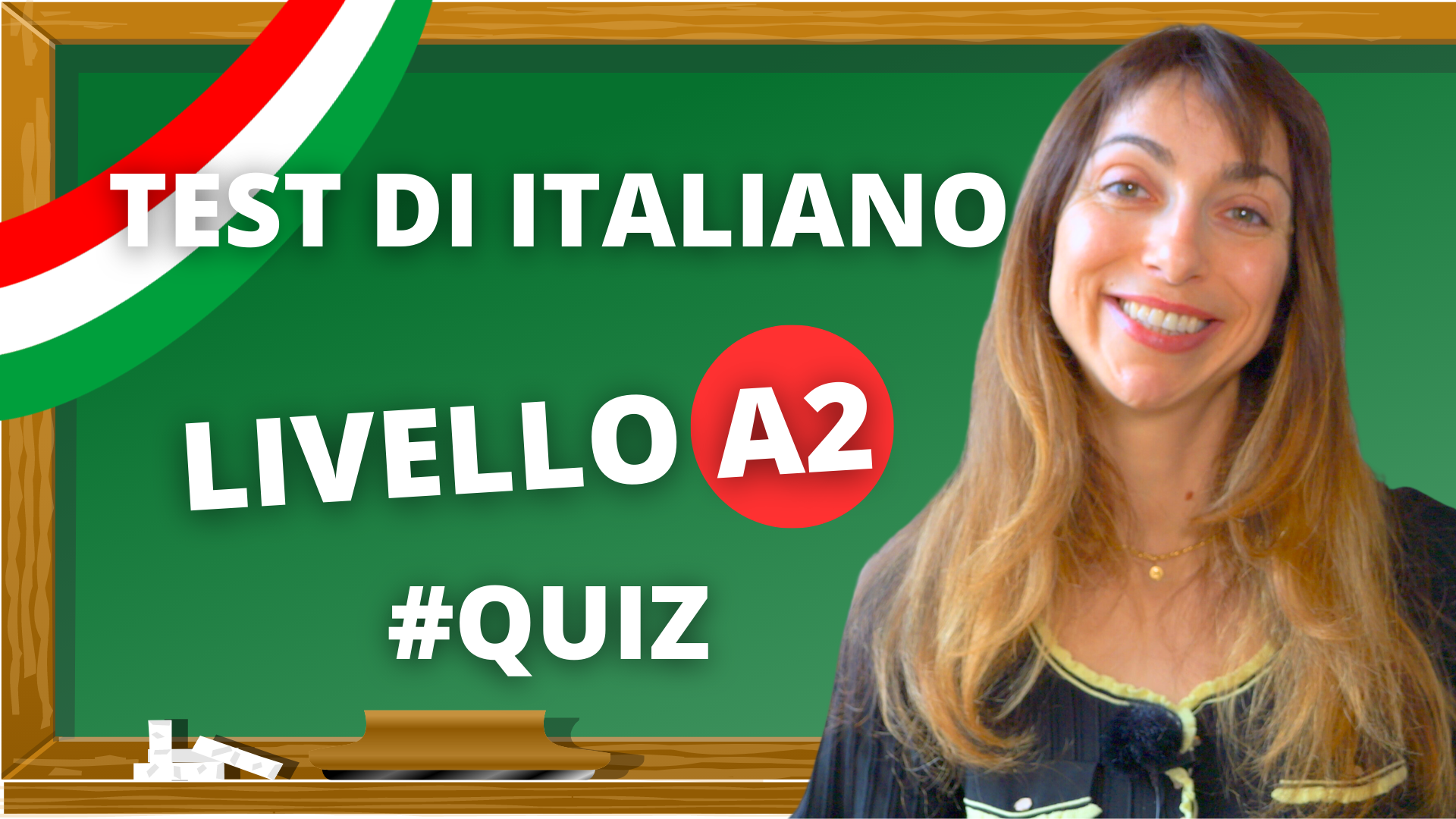Italian Numbers 1 to 100: A Guide to Counting in Italian
Italian is a beautiful and romantic language, and if you’re planning to visit Italy or to communicate with Italian-speaking people, it’s essential to know how to count in Italian. In this article, we’ll go over the Italian numbers from 1 to 100, providing examples and tips to help you master counting in Italian.
Table of Contents
Understanding the Basics of Italian Numbers
Italian numbers are straightforward and easy to learn, with a few exceptions. Like in English, Italian uses the decimal system, where the numbers from 1 to 9 are unique and the numbers from 10 to 99 are formed by combining tens and units.
To create numbers in Italian from 1 to 100, you need to understand the rules for combining tens and units. The numbers from 10 to 99 are formed by combining a multiple of 10 with a unit.
For example:
- 11 is formed by combining the unit “uno” with the tens “dieci”
- 12 is formed by combining the unit “due” with the tens “dieci”
- 13 is formed by combining the unit “tre” with the tens “dieci”
This pattern continues for all the tens, with the units being combined with “venti” (20), “trenta” (30), “quaranta” (40), “cinquanta” (50), “sessanta” (60), “settanta” (70), “ottanta” (80), and “novanta” (90).
In Italian, the tens always come before the units. So, for example, 21 is “ventuno” (20 + 1), and not “uno venti”. This is an important rule to remember when counting in Italian.
The list of Italian Numbers 1 to 100:
Here’s a list of the Italian cardinal numbers from 1 to 100:
- 1 – uno
- 2 – due
- 3 – tre
- 4 – quattro
- 5 – cinque
- 6 – sei
- 7 – sette
- 8 – otto
- 9 – nove
- 10 – dieci
- 11 – undici
- 12 – dodici
- 13 – tredici
- 14 – quattordici
- 15 – quindici
- 16 – sedici
- 17 – diciassette
- 18 – diciotto
- 19 – diciannove
- 20 – venti 21 – ventuno 22 – ventidue 23 – ventitré 24 – ventiquattro 25 – venticinque 26 – ventisei 27 – ventisette 28 – ventotto 29 – ventinove
- 30 – trenta 31 – trentuno 32 – trentadue 33 – trentatré 34 – trentaquattro 35 – trentacinque 36 – trentasei 37 – trentasette 38 – trentotto 39 – trentanove
- 40 – quaranta 41 – quarantuno 42 – quarantadue 43 – quarantatré 44 – quarantaquattro 45 – quarantacinque 46 – quarantasei 47 – quarantasette 48 – quarantotto 49 – quarantanove
- 50 – cinquanta 51 – cinquantuno 52 – cinquantadue 53 – cinquantatré 54 – cinquantaquattro 55 – cinquantacinque 56 – cinquantasei 57 – cinquantasette 58 – cinquantotto 59 – cinquantanove
- 60 – sessanta 61 – sessantuno 62 – sessantadue 63 – sessantatré 64 – sessantaquattro 65 – sessantacinque 66 – sessantasei 67 – sessantasette 68 – sessantotto 69 – sessantanove
- 70 – settanta 71 – settantuno 72 – settantadue 73 – settantatré 74 – settantaquattro 75 – settantacinque 76 – settantasei 77 – settantasette 78 – settantotto 79 – settantanove
- 80 – ottanta 81 – ottantuno 82 – ottantadue 83 – ottantatré 84 – ottantaquattro 85 – ottantacinque 86 – ottantasei 87 – ottantasette 88 – ottantotto 89 – ottantanove
- 90 – novanta 91 – novantuno 92 – novantadue 93 – novantatré 94 – novantaquattro 95 – novantacinque 96 – novantasei 97 – novantasette 98 – novantotto 99 – novantanove
- 100 – cento
For numbers greater than 100, you simply add the word “cento” (100) in front of the units. For example, 101 is “centouno” (100 + 1), and 199 is “centonovantanove” (100 + 90 + 9).


